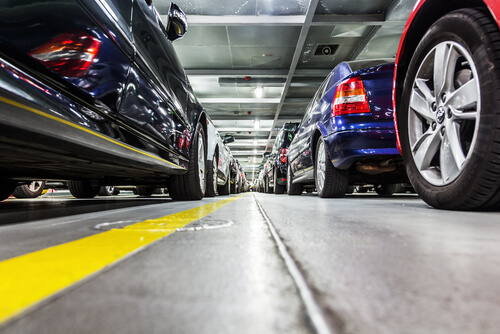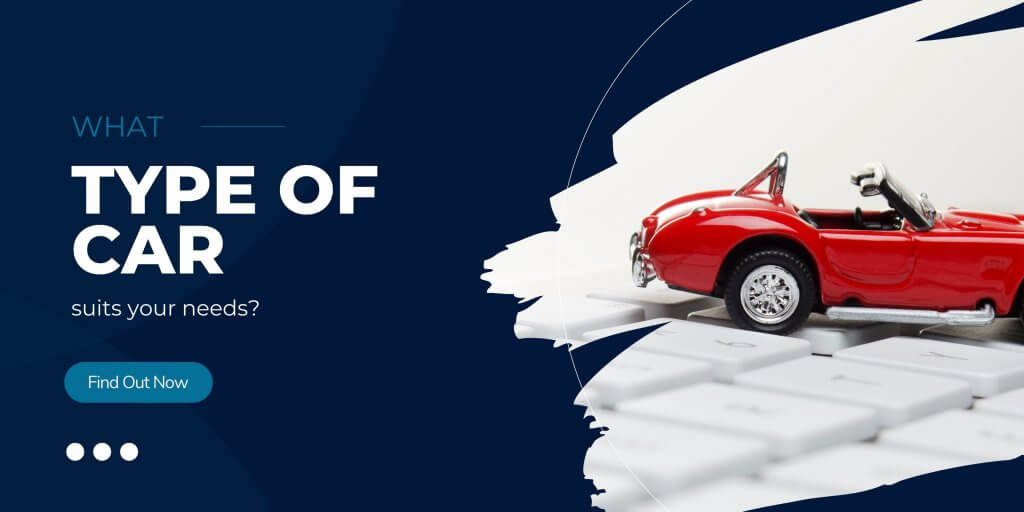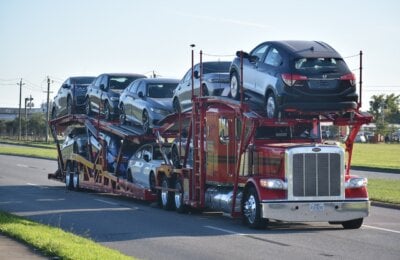
Reading Time: 3 minutes
Oceanbird is an all-new wind-powered car carrier that is bound to revolutionize the way we import or export cars internationally while reducing emissions by as much as 90%.
While the automotive industry is making a move towards electric cars and trucks, the naval industry is setting sail on the future of ocean transportation with new takes on old-fashioned seafaring aviation technologies. Oceanbird is an all-new wind-powered car carrier for companies and individuals who wish to ship cars internationally. It is bound to revolutionize the way we import or export cars internationally. While reducing emissions by as much as 90%.

The Oceanbird car carrier falls within a class of its own. Known as Pure Car and Truck Carrier (PCTC) within the Wind Powered Car Carrier (WPCC) Project.
Swedish shipbuilder Wallenius Marine recently introduced their unique new sailing vessel, the Oceanbird, which was developed in a collaboration with maritime consulting firm SSPA and Stockholm’s KTH Royal Institute of Technology. The wind-powered car and truck carrier has sufficient capacity for seven thousand cars, but it doesn’t use traditional fabric sails. Instead, its five wing sails stand 80 meters high above deck and approximately one hundred meters above the waterline, a setup that can help reduce emissions by ninety percent.
Supported by the co-financier of the project, the Swedish Transport Administration, SSPA contributes its expertise in developing and validating new test methods. Earlier this year, the developers tested seven-meter models in open water, and it is expected that pre-orders will open up in 2021, with the first ships launching as early as 2024.
Why is the Oceanbird wind-powered?
Experts agree that wind power provides the cleanest method for long-distance ocean transportation. In order to capitalize on it’s full power, boat builders must pay special attention to the hull and sails.
Both composite materials and steel were used for the four “wings”. The wings will pivot 360 degrees to ensure optimal use of wind power. They will generate forward thrust at approximately ten knots. The six-hundred-and-fifty feet long Oceanbird will be the largest and fastest sail vessel in the world. Despite the fact that it technically does not have any sails.
State-of-the-Art
According to naval architect Carl-Johan Söder, the rigs and hull work together in unity in the Oceanbird. At an average predicted speed of ten knots, it should make the typical North Atlantic crossing in approximately twelve days; this takes the average cargo ship eight days, however, the Oceanbird has the smallest carbon footprint. KTH is tasked with the sailing mechanics, aerodynamics and performance analysis.
The ship was designed to include a backup motor, which would presumably be electric powered. The motor would kick in when the ship travels through tricky areas, such as harbors. One reason for this is that the wings would telescopically collapse to approximately 150 feet when the ship passes under bridges or when the sails need to be reefed under high winds.
Wallenius Marine is determined to make RO / RO car shipping more sustainable. According to the company, the wind is the most interesting energy source for the ocean-going freighters of the future. The same technology may even be used for other types of large vessels, such as cruise ships in the future.
Just like Wallenius Marine, Nationwide Auto Transportation had humble beginnings (read our Starter Story). Today, we’re one of the most successful car shipping companies in the US.




